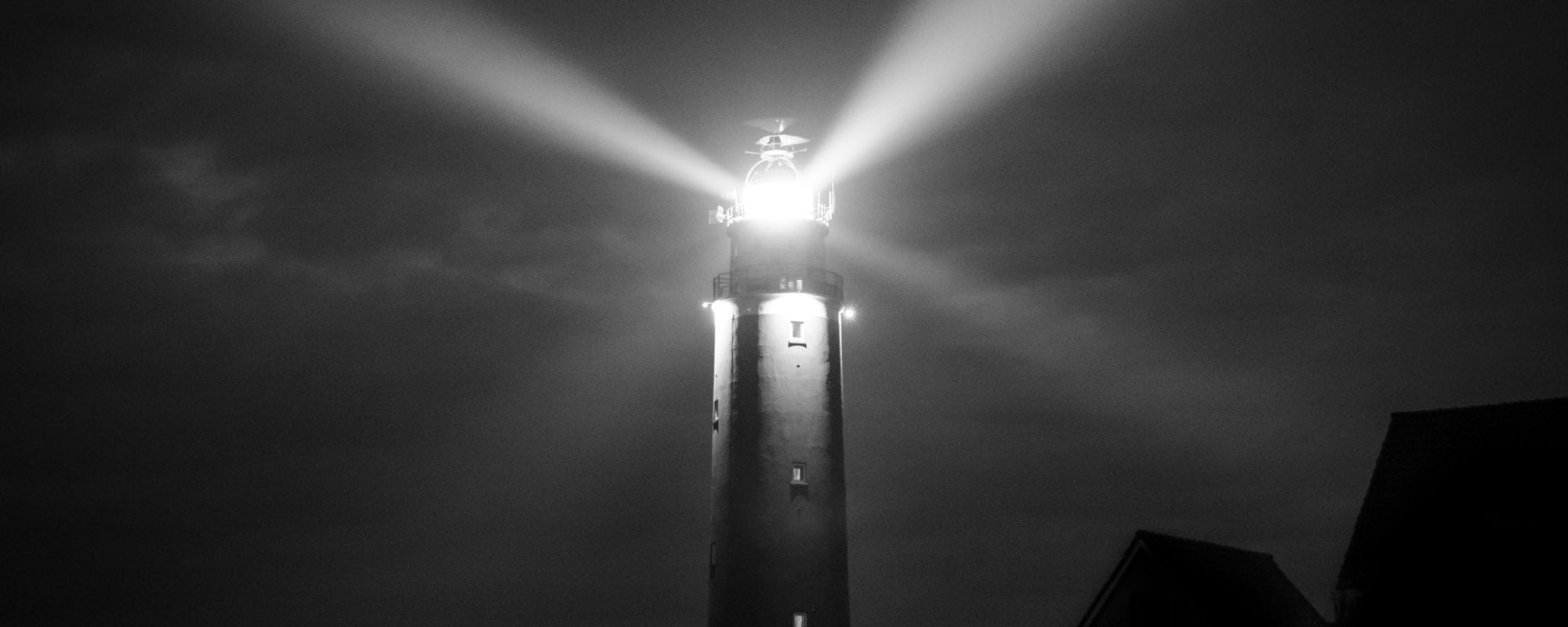“Once I came back and saw the situation and the students, I could not leave them and go back. My bones will be buried here in Nelson House raising the next generation.”
Nelson House is an Indigenous reserve belonging to 2,500 Nisichawayasihk Cree people located nine hours north of Winnipeg.
After my usual assembly, a teacher named Angela approached me and introduced herself. A Nisichawayasihk Cree native, Angela was born and raised in Nelson House. Her parents moved to Winnipeg for her high school education. She ended up getting two Masters degrees; conducted nine-year research on the Canadian residential school history and system; and became a vice principal at a high school in Winnipeg. Nelson House school had a staffing shortage, so she was asked to be the principal of Nelson House school for six months.
“Once I came back and saw the situation and the students, I could not leave them and go back. My bones will be buried here in Nelson House raising the next generation.”
In 2012, Nelson House was without running water for 17 consecutive days. Nelson House doesn’t have a grocery store, and most people don’t own cars, so they have to pay $150 to hire someone else to do grocery shopping in Thompson. The hour-long gravel road between Thompson and Nelson House is in abject disrepair with so many holes and missing parts that many people die on the road, and choose not to travel. I had to constantly control the steering wheel on a straight road driving at 60km per hour. It is very dangerous. Just in March, 11 people were murdered in a town of only 2,500. A shooting, a car accident, a hit and run. They have so many funerals that they keep delaying community festivals.
Education is not a priority when parents don’t have the luxury of time, or peace of mind to parent the children. The secondary school sees a 55% attendance rate and the elementary school sees 30 students per class at the beginning of the semester, but towards the middle of the semester, only 5-6 come out.
When the workshop started, students did not respond to me. So I asked Angela to lead the conversation. It was like seeing the students come to life. They paid attention. They started sharing. They started listening. This is common. My experience from visiting a couple dozen schools on Indigenous reserves across the country is that when there is an Indigenous role model as a teacher, the students have a significantly higher chance of believing in themselves and working towards a better future.
Nelson House was yet another heartbreaking example of an Indigenous community like Ahousat Island in BC, Foothills No. 31 in AB, Duck Lake in SK, and Hay River in NT. Systematic and historical oppression and injustice continues to abuse and crush Indigenous communities. But their spirit lives on through teachers like Angela, serving as a role model and a lighthouse to create the kind of future we want. For ourselves and for future generations.

